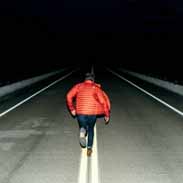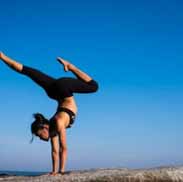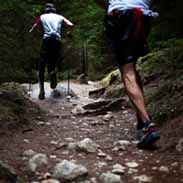Biomechanics Flashcards, test questions and answers
Discover flashcards, test exam answers, and assignments to help you learn more about Biomechanics and other subjects. Don’t miss the chance to use them for more effective college education. Use our database of questions and answers on Biomechanics and get quick solutions for your test.
What is Biomechanics?
Biomechanics is the scientific study of how forces interact with living organisms, specifically the human body. It studies how muscles and joints move to produce motion, as well as how those motions affect our overall health. By understanding biomechanics, we can better understand the musculoskeletal system and its interaction with everyday activities such as running or lifting weights. This knowledge also helps us develop effective rehabilitation strategies for people who have suffered an injury or disability.Biomechanists use a variety of tools to analyze movement including digital imaging, computer-aided design (CAD) software, and measurement systems like force plates which measure pressure on the ground when someone stands or runs. They may also use motion-capture technology which records information about joint angles in order to create 3D models of movement and posture.The most important part of biomechanics is discovering ways to optimize human performance while reducing injury risk. Biomechanists work closely with athletes and physical therapists to identify areas where they can improve technique in order to reduce strain on certain muscles or joints while enhancing performance at the same time. For example, a runner might be instructed by their biomechanist to modify their foot strike angle in order to decrease stress placed on their ankles while still maintaining speed and efficiency in their stride pattern. In addition to helping athletes stay healthy, biomechanical research has many practical applications for medical professionals and engineers alike. Physicians rely heavily on this data when creating treatment plans for patients suffering from sports injuries or degenerative diseases like arthritis the more accurately they can predict how much force will be put on an affected joint during activity, the better chance it has of making a full recovery without further damage down the line.

















